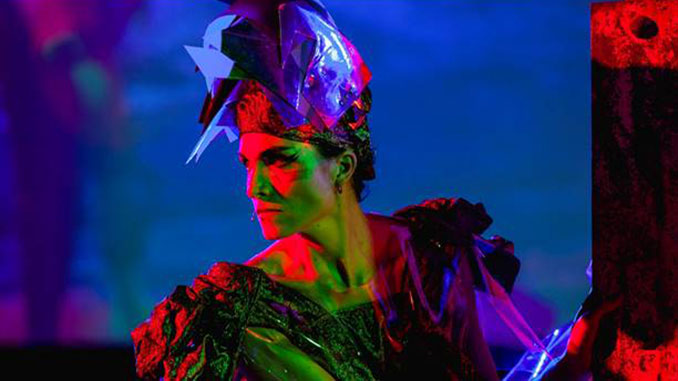 On International Women’s Day, the National Gallery is launching its inaugural Gender Equity Action Plan, the first by a major public visual arts-collecting institution in Australia.
On International Women’s Day, the National Gallery is launching its inaugural Gender Equity Action Plan, the first by a major public visual arts-collecting institution in Australia.
Eighteen months in the making and developed in consultation with artists, staff, Council, community, government and the visual arts sector, the National Gallery’s Gender Equity Action Plan commits to:
- Accelerate gender equity in collections, programming, learning, content, marketing, and communications – onsite, online and on tour.
- Advocate for sector wide collaboration to achieve gender equity and empowerment of all in the visual arts.
- Strengthen organisational culture by fostering an equitable, diverse, and inclusive professional environment for all staff, stakeholders and audiences while addressing bias, intersectionality, and gender awareness.
- Empower participation ensuring all genders are empowered and have access to, and equal opportunities in, leadership and professional development.
- Amplify data for equity by employing data to inform strategic and operational gender equity objectives.
The National Gallery’s commitment to gender equity, demonstrated by the ongoing Know My Name initiative, has influenced the way the Gallery thinks and talks about art and how the core business of building a national collection is approached.
The National Gallery has reached gender equity in national collection acquisitions for both number and value in the 2020–2021 financial year and has engaged 480+ women artists, programmed 13+ exhibitions and projects and 85+ events and programs in the Know My Name program of activities from February 2020 to 2021.
Natasha Bullock, National Gallery, Assistant Director Artistic Programs, and the Gallery’s lead on the development of the Plan says: “Ensuring that all people regardless of gender, have the opportunity to reach their full potential is central to the National Gallery’s vision.”
“Across Australia and the world, arts and cultural institutions are facing the lived realities of exclusions, inequities and histories that have shaped their collections, programs and foundational structures.”
“We are now addressing the significant imbalances that exist. We advocate for change and engage with our staff, community, and partners about gender equity issues.”
“We recognise that to effect societal change, we need to ensure our own workplace culture, policy and artistic programs demonstrate gender equity, inclusivity, and respect,” said Ms Bullock.
“The need for collecting institutions, including our own, to take a more proactive role in redressing the legacy of historical bias has been made increasingly obvious in recent years,” said Nick Mitzevich, Director, National Gallery.
In early 2019, the National Gallery in collaboration with the Countess Report researched its collection data and found that only 25 per cent of the Australian art collection and only 33 per cent of the Aboriginal and Torres Strait Islander art collection was work by women artists.
This imbalance was also reflected in acquisition data: of all works acquired by the National Gallery between 2014 and 2018, only 27 per cent of works were by women artists.
The National Gallery’s Gender Equity Action Plan is a commitment and a beginning for the National Gallery, the first step to ensuring the art it collects, and displays, represents the rich and diverse composition of our country.
Image: Justene Williams, Victory over the sun, 2016, National Gallery of Australia, Kamberri/Canberra, © the artist.
